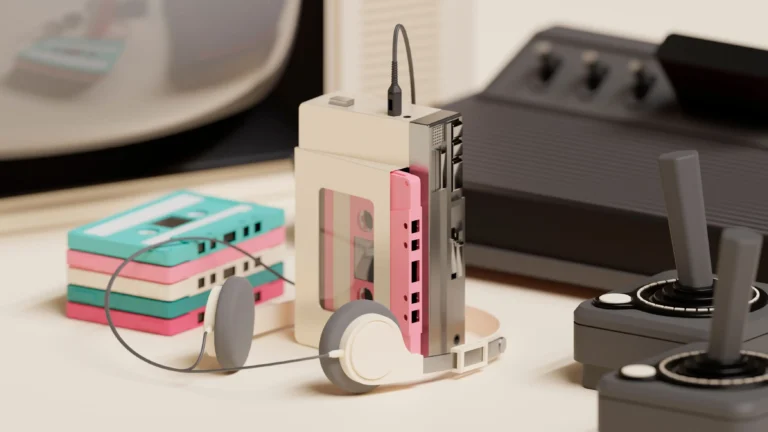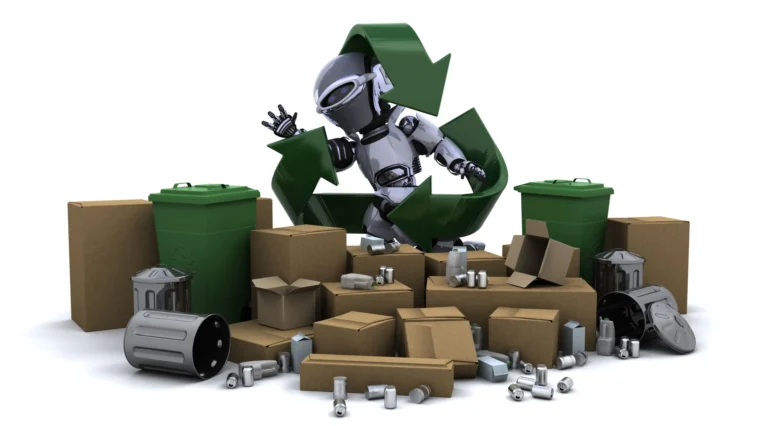Introduction
In the United States alone, nearly 200 million people use disposable razors and safety razor blades, which pose a significant challenge for our environment. These blades take up to 1,000 years to decompose and substantially contribute to the ever-growing piles of waste in landfills. The issue is further intensified by the plastic components of disposable razors, which stay in our ecosystems for centuries, polluting our natural landscapes. Against this backdrop, learning how to dispose of razor blades emerges as a crucial step toward sustainable living.
Recycling razor blades not only curbs the environmental damage caused by improper disposal but also aligns with broader efforts to promote eco-friendly practices. Through this feature, let’s understand how to responsibly dispose of or recycle razor blades and minimize our ecological footprint to safeguard the planet for future generations.
Understanding Razor Blade Waste
The issue of razor blade waste usually flies under the radar in environmental discussions. However, improper disposal of these blades is overburdening landfills and threatening wildlife as well. Sharp and indestructible, these discarded razor blades injure animals, disrupt habitats, and leach hazardous substances that they are made up of, contaminating the soil and water bodies.
The Environmental Protection Agency highlighted the gravity of this issue in the 1990s, reporting that 2 billion disposable razors were thrown away annually — a figure that has undoubtedly grown since then. Considering the fact that razor blades have a long decomposition timeline, the urgency for sustainable disposal solutions has become more and more critical.
How to Dispose of Razor Blades: Step by Step
Prepare for Razor Blade Disposal
Before you even think about getting rid of used razor blades, cleaning them thoroughly is crucial. This step is about removing any biological materials (like hair or skin) that might be on the blades to prevent health hazards. Once they’re clean, don’t just toss them in the trash, as the sharp blades can cause cuts. Instead, use a blade bank—a small steel container designed for storing used blades safely. These boxes keep the blades secure until you’re ready to recycle them.
Eco-Friendly Options to Recycle Razor Blades
- Local Recycling Centers
Start by looking for local recycling centers that accept metal blades. You might find this information online through recycling directories or by contacting your local government’s waste management department. Before you drop off your blades, make sure they’re properly contained (a blade bank is perfect for this) and clean, meeting any specific criteria set by the recycling center. Some facilities might also ask you to remove any extra parts attached to the blades like caps or rubber grips. Remember, not all centers accept razor blades due to their hazardous nature, so checking in advance can save you a trip.
- Specialized Razor Recycling Programs
For a more hassle-free option, consider enrolling in a specialized razor recycling program like TerraCycle, known for handling materials that are typically hard to recycle. These programs involve collecting your used blades in a specific container, printing a shipping label, and then depositing them at a designated public drop-off spot or a nearby recycling facility. The process might require signing up online and could come with a fee, but it’s a small price in exchange for getting your razor blades recycled responsibly and safely. TerraCycle and other similar programs offer an easy way to deal with these blades, turning what could be harmful waste into recycled material ready for a new purpose.
Razor Blade Disposal: DIY Innovations
Crafting Your Own Blade Bank
Creating a homemade blade bank is a practical and safe solution for disposing of used razor blades. You can easily make one using items you likely already have at home. For instance, an old, cleaned-out food can with a plastic lid (like a coffee can) can be transformed into an effective blade bank. Simply cut a small slit in the lid—just wide enough to slide blades through.
Make sure the container is sturdy and the lid fits securely to prevent any accidents. Label it clearly to avoid any mix-ups, enhancing household safety by keeping sharp edges contained.
Creative Reuse of Used Razor Blades
While recycling is the safest option for disposing of used razor blades, you can always find ways to repurpose them in arts and crafts. These blades can be used for precise cutting tasks in model building or as tools in sculpting work, where their sharp edges allow for intricate detailing.
However, it’s crucial to handle them with care. Always use gloves when working with used blades, and consider embedding the blade into a holder or handle to eliminate the risk of cuts. Store them in your blade bank when not in use, and always keep them out of reach of children and pets. By following these precautions, you can give old razor blades a new purpose beyond their original shaving purpose alongside minimizing waste and promoting creativity.
Switching to a Sustainable Shaving Routine
Choose razors and blades made of steel for better durability and resistance to damage. If using a straight razor, strop it before each shave to keep it sharp and hone it every few months to repair any significant wear. These razors provide a closer, more precise shave, reducing the risk of irritation. With their single-blade design, they cut hair with fewer strokes, minimizing problems like razor burns, ingrown hairs, and cuts.
Alternatively, electric razors offer quick trims and shaves, though they may not provide the closest shave for completely smooth skin. Nevertheless, they are ideal for men who are not into clean shaves and prefer a slight stubble effect.
Swapping to reusable, eco-friendly shaving tools like safety razors or shavettes will slash your plastic and metal waste while also elevating your personal grooming routine. Unlike the fleeting lifespan of single-use disposables, which overloads landfills and oceans, safety razors offer a durable and smart alternative. Plus, their superior design promises a closer, more refined shave, minimizing skin irritation.
The only part that needs replacing occasionally is the blade, making this option far more sustainable than single-use disposables. Opting for such sustainable tools signifies a commitment to reducing plastic waste while elevating your shaving ritual.
Compliance and Care in Razor Blade Disposal
Proper disposal of razor blades is governed by legal and health guidelines designed to safeguard those who handle our waste — from sanitation workers to postal service employees involved in mail-back programs. Adhering to these rules protects these vital workers from potential harm caused by improperly discarded sharps.
Furthermore, compliance with community-specific regulations guarantees that razor blades are disposed of in a manner that prevents injury and environmental harm. This attention to detail in disposal practices highlights the importance of being responsible citizens because our personal care routines should never endanger those who manage our waste or the ecosystems around us.
Let’s Unite to Recycle Razor Blades Responsibly
Joining forces to recycle razor blades responsibly has led to commendable achievements in sustainability and waste reduction. For instance, Venus and Gillette’s collaboration with TerraCycle has set a standard in the industry, offering consumers a convenient way to recycle their used blades, disposable razors and double-bladed razors. Together, they’ve created a recycling program that allows consumers to send in these items packed in blade banks for proper processing, turning potential waste into valuable resources.
Such efforts showcase the positive impact of collective action and corporate responsibility, encouraging other brands to consider similar alliances. By supporting and participating in these programs, we can contribute to a cycle of sustainability that benefits the environment and sets a precedent for future green razor blade disposal initiatives.
To Wrap it Up…
Recycling razor blades and adopting sustainable grooming habits, like using steel razors or electric shavers, actually offer you a superior shaving experience while promoting environmental sustainability. Durable, single-blade options not only ensure a closer shave but also eliminate the need for disposable razors, reducing plastic packaging and the strain on raw material extraction. This shift towards sustainability is crucial in a time when global efforts, as seen in the United Nations Climate Summit, are focused on combating the impacts of human activities on the planet. So, let’s incorporate these greener alternatives into our lifestyle and support a healthier planet where nature and humans can thrive together.




Be Good Do Good – Fashion, The Right Way
Get the Be Good newsletter straight to your inbox. Learn about the fashion industry’s burning problems and sustainability tips, as well as new sustainable and ethical brands.